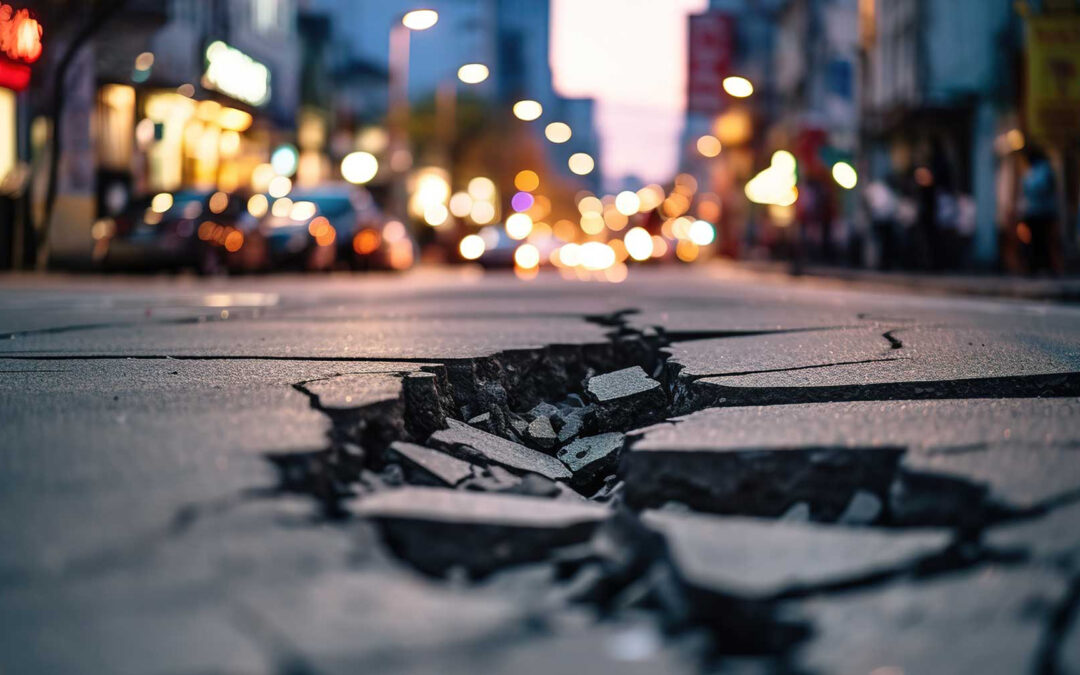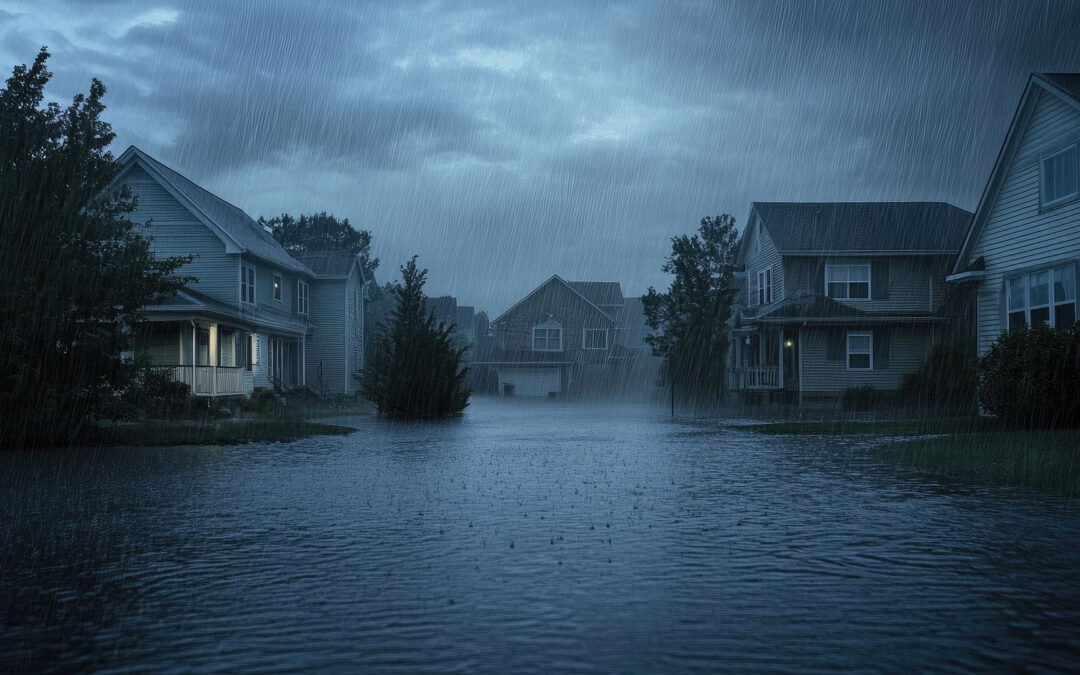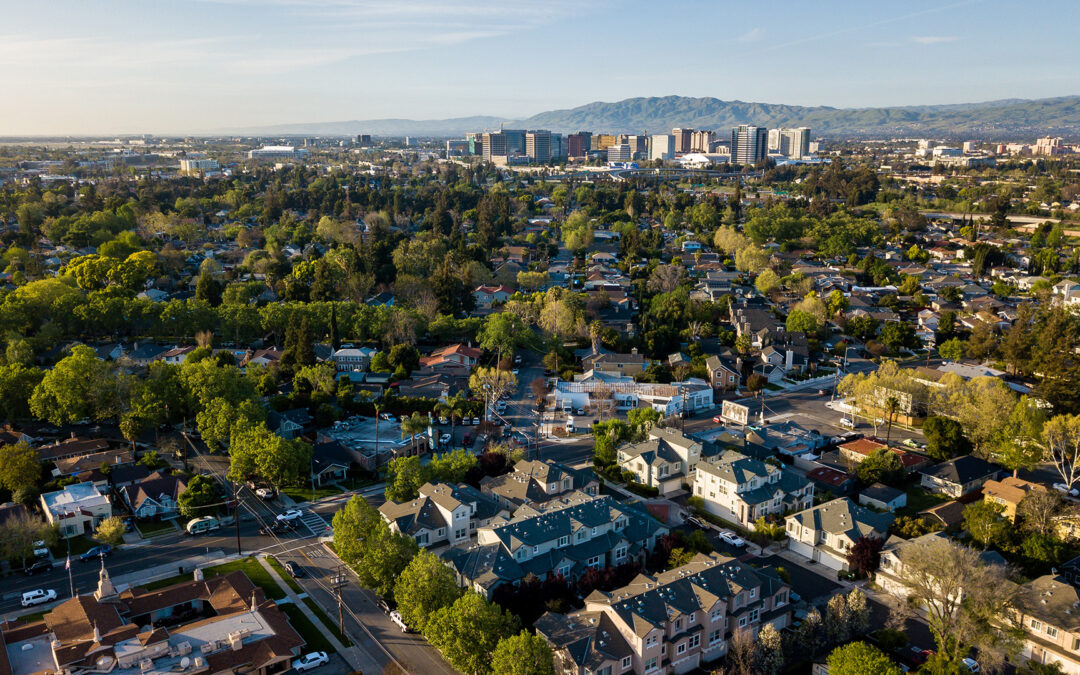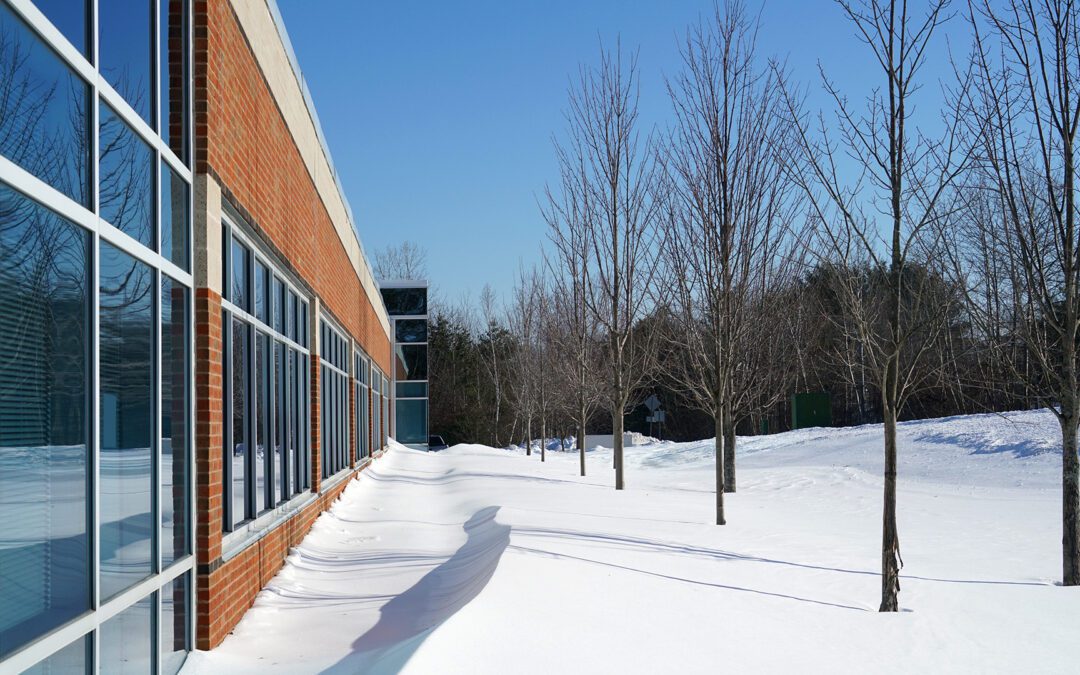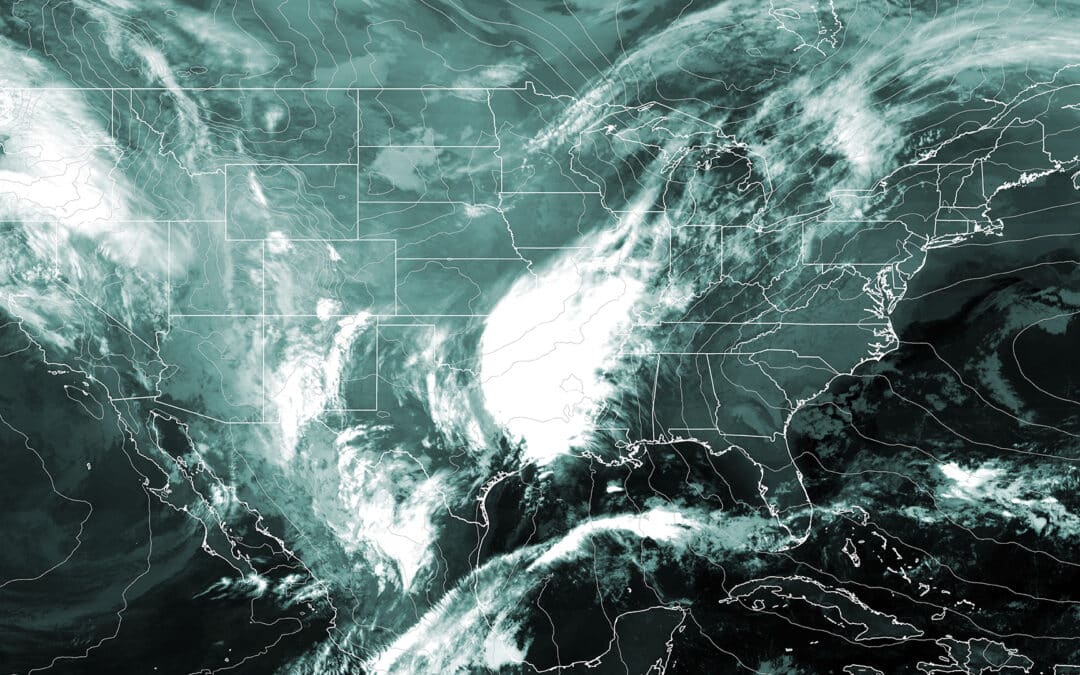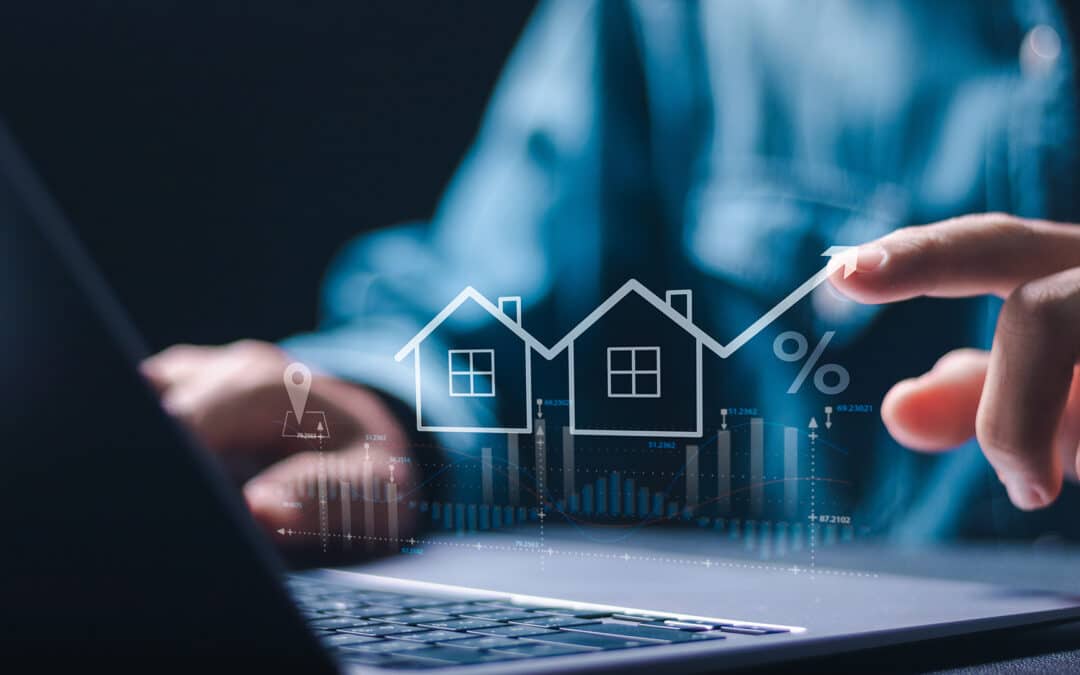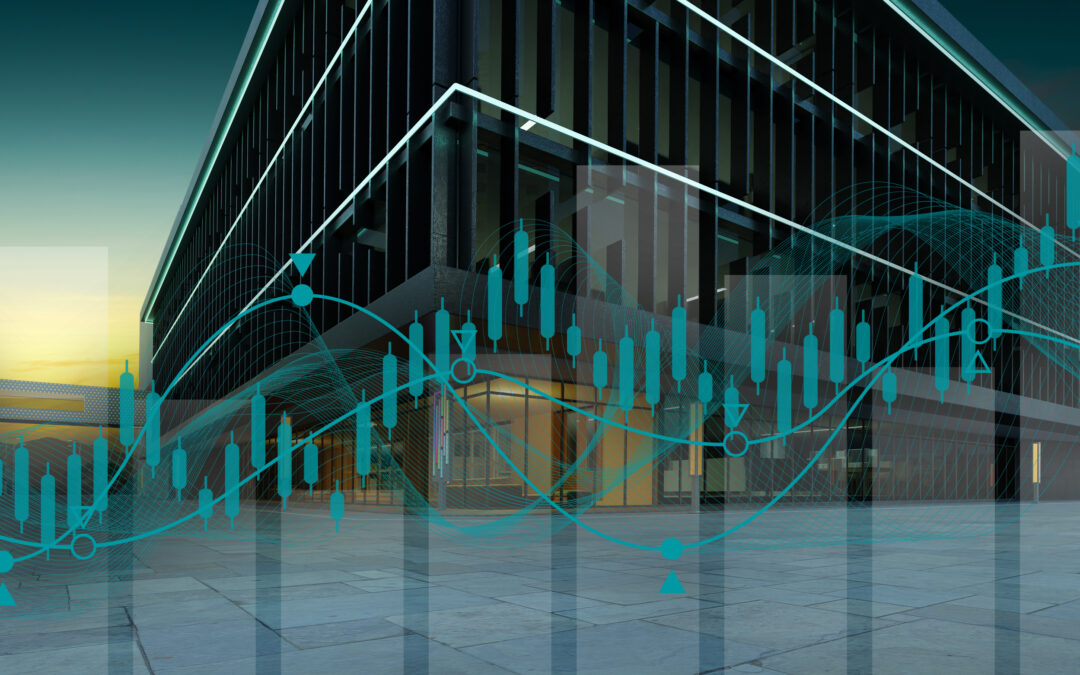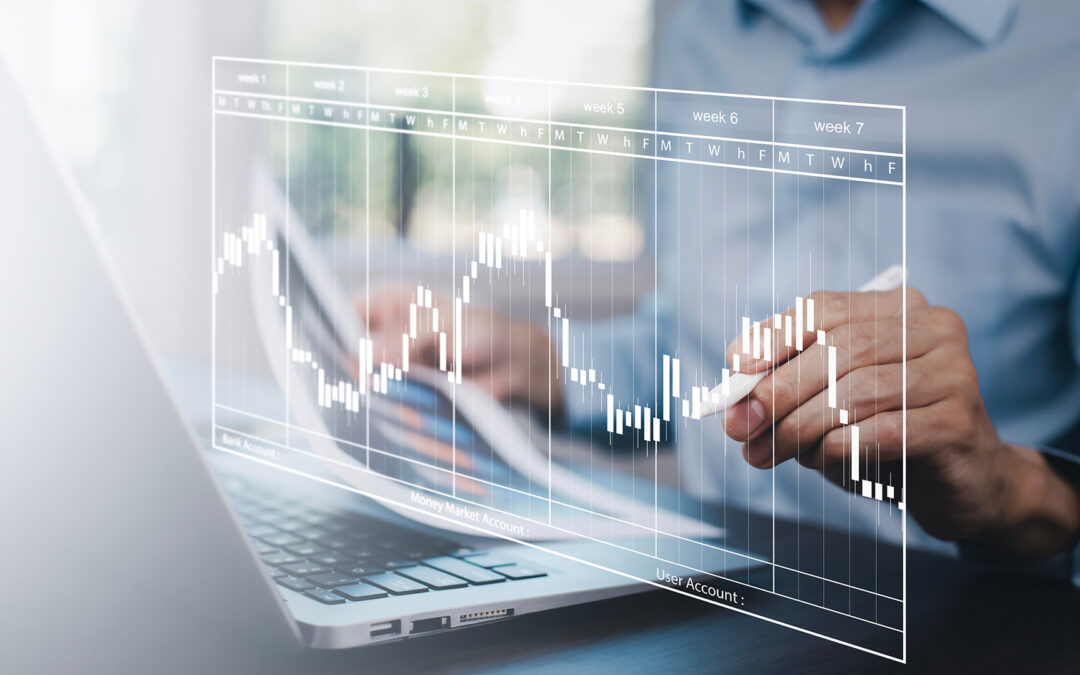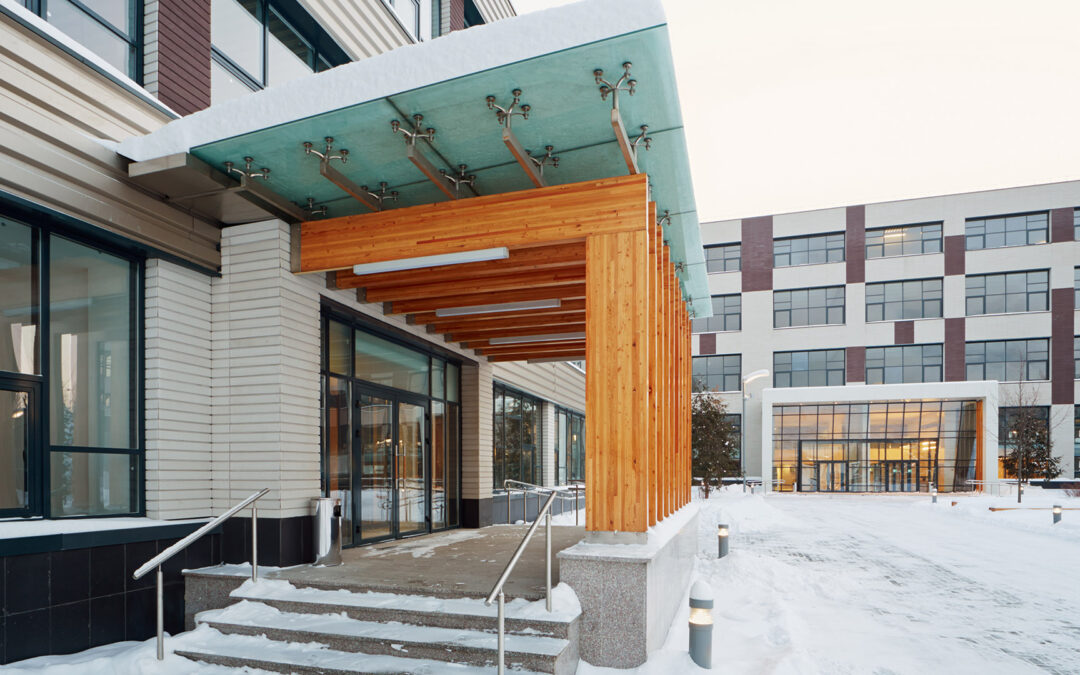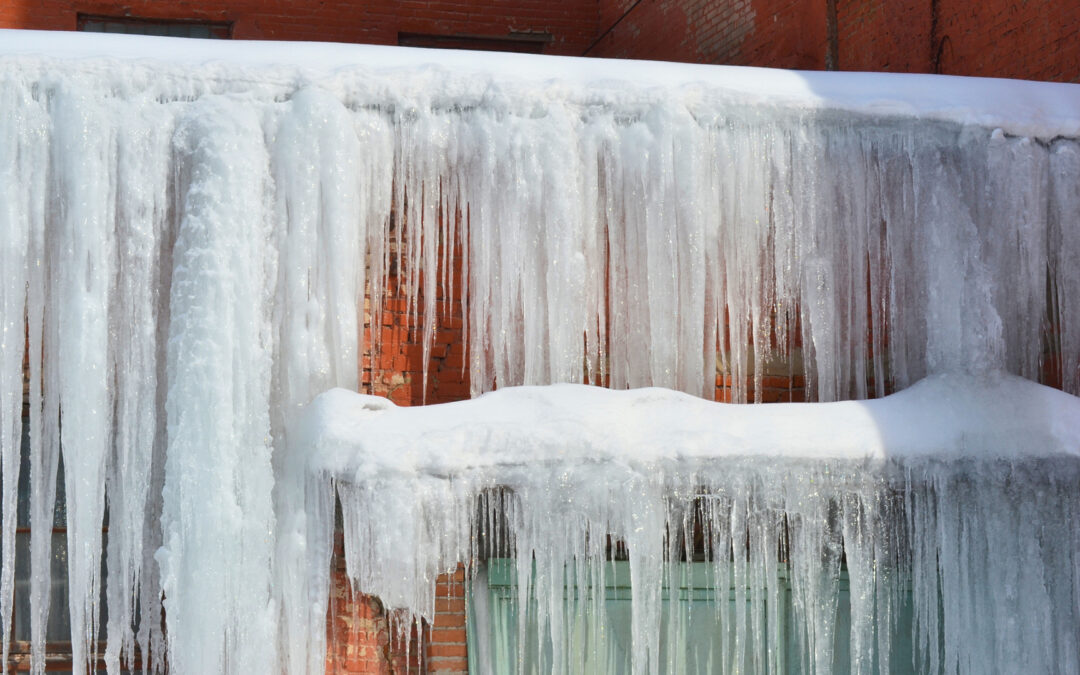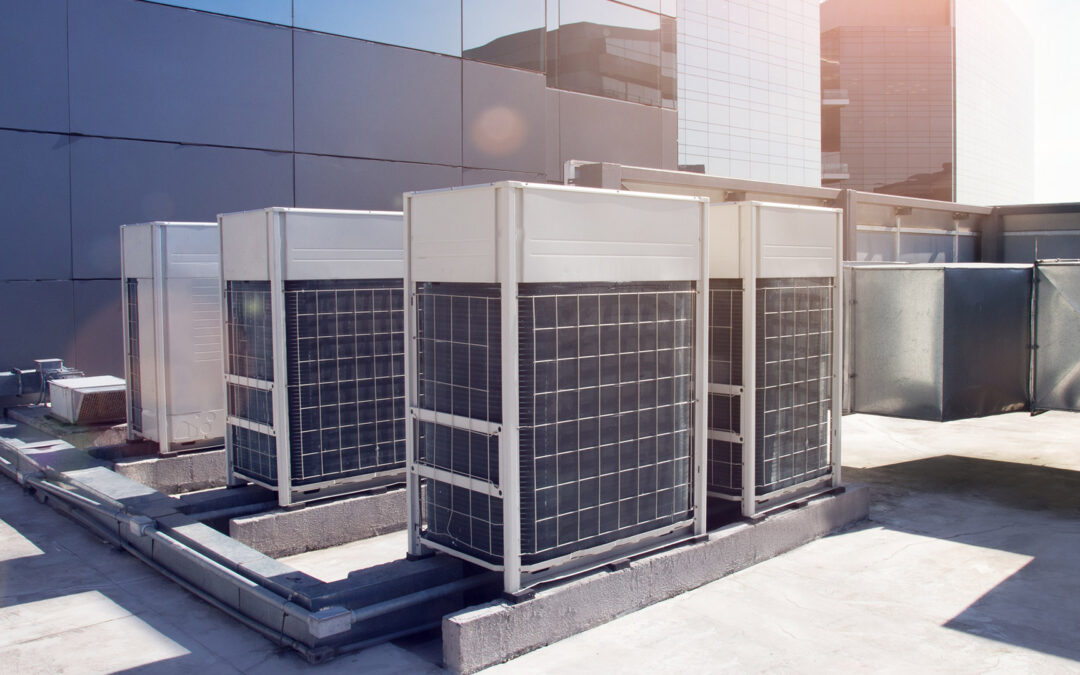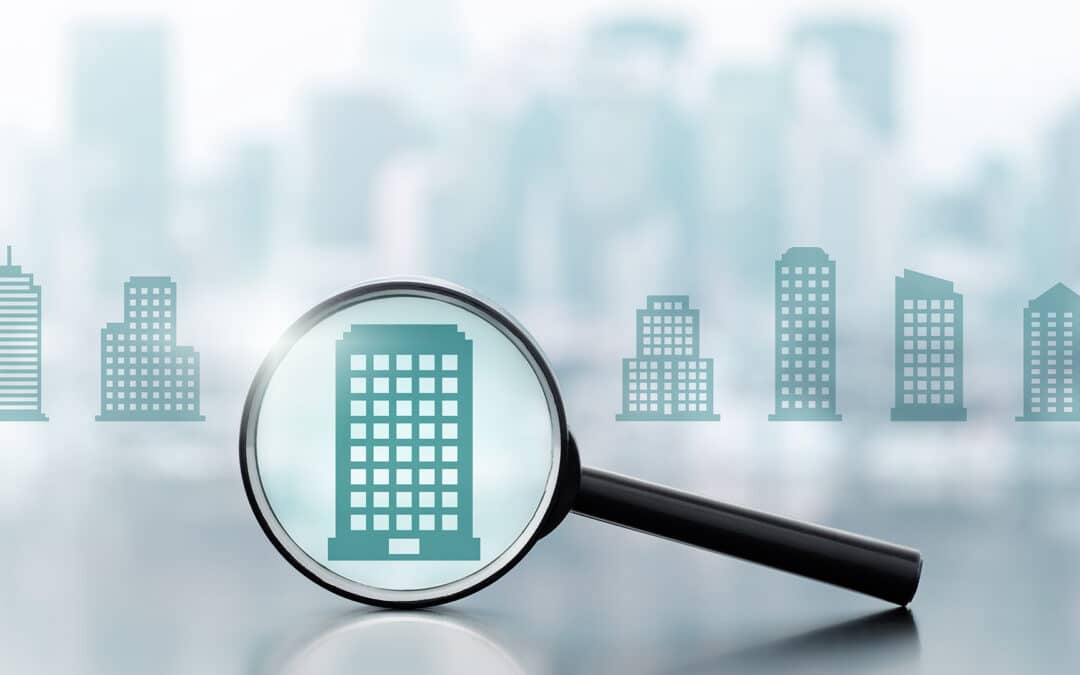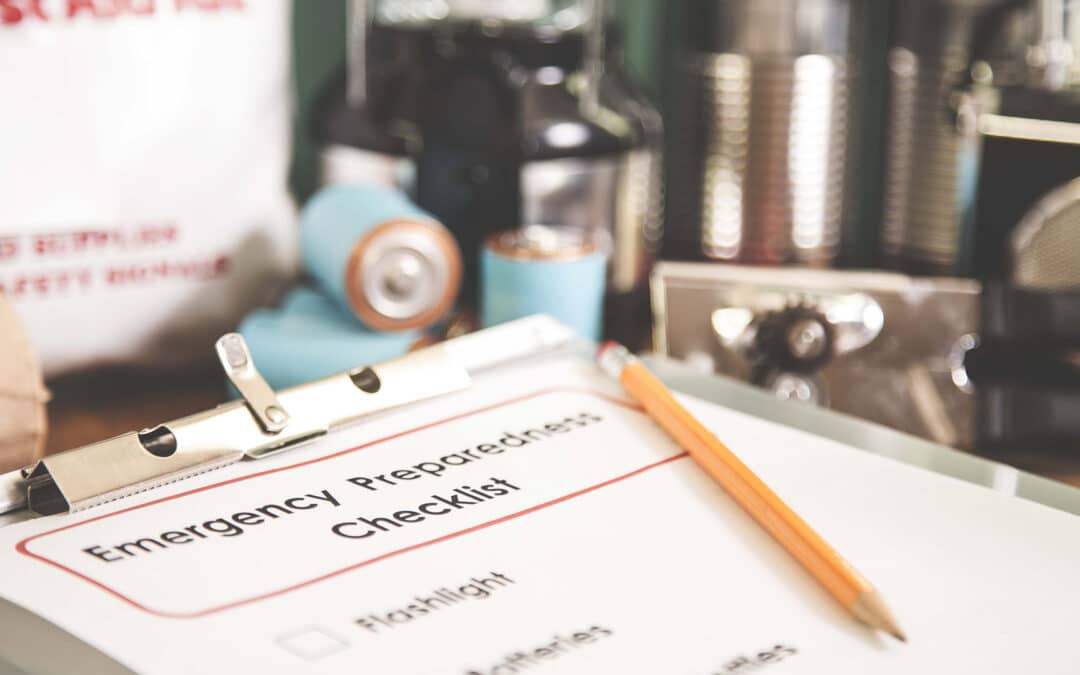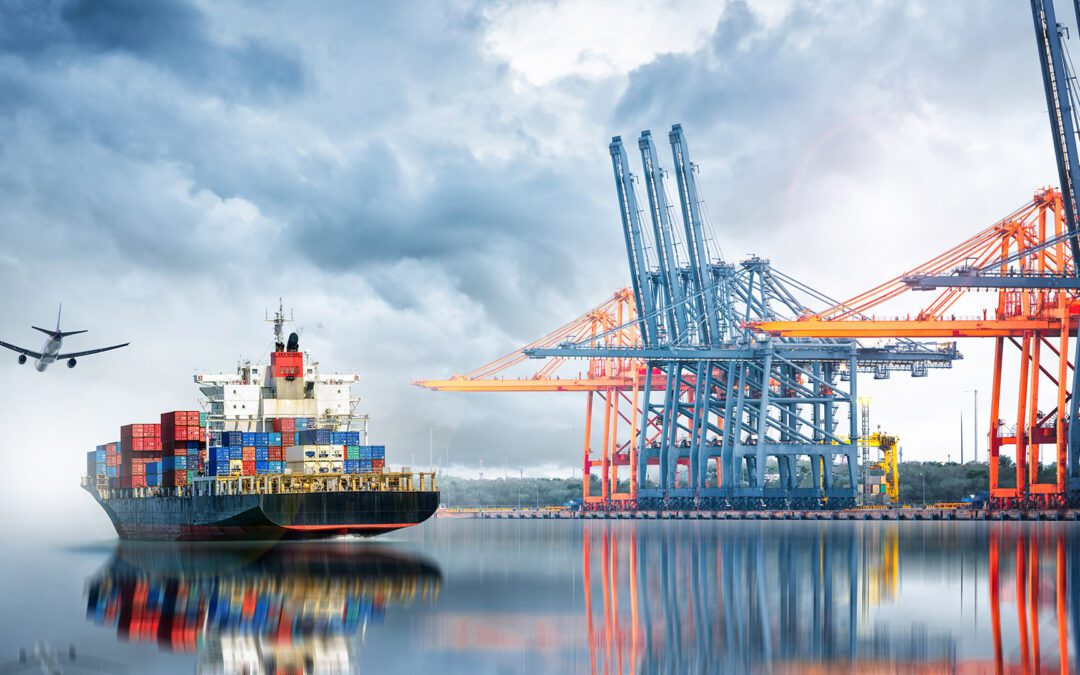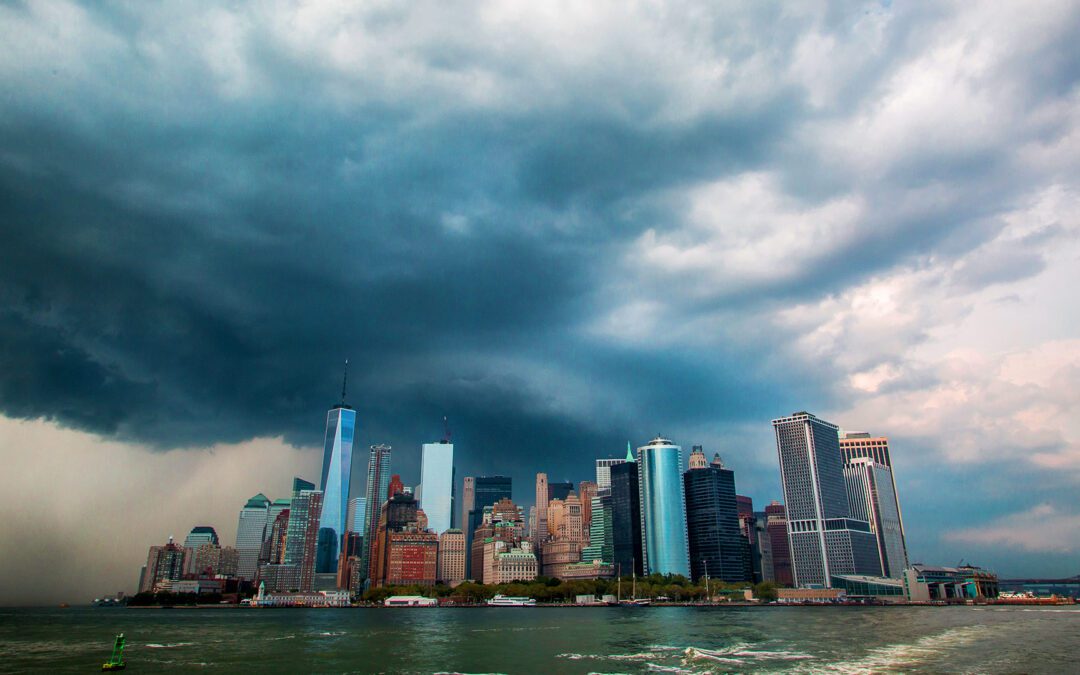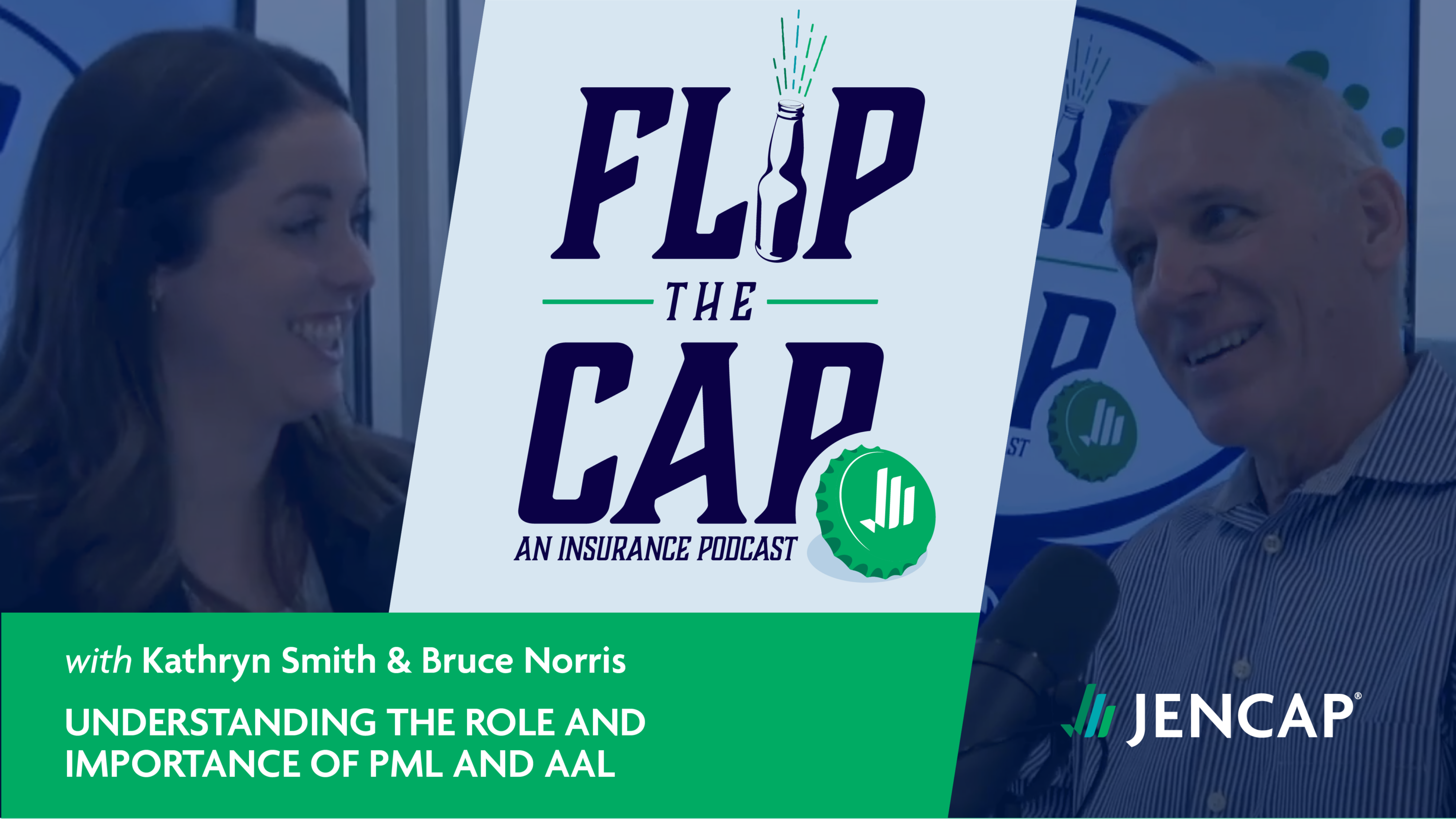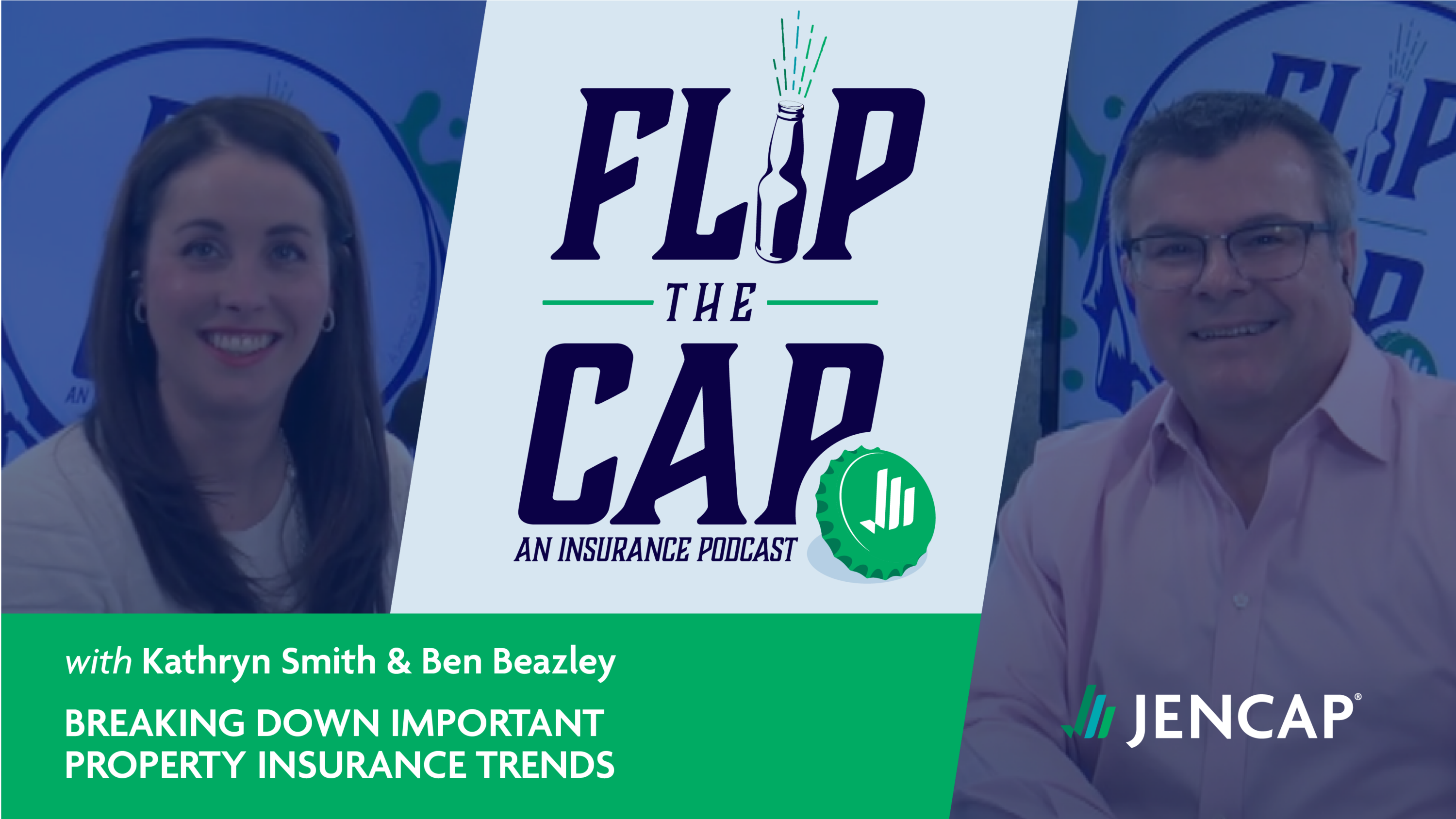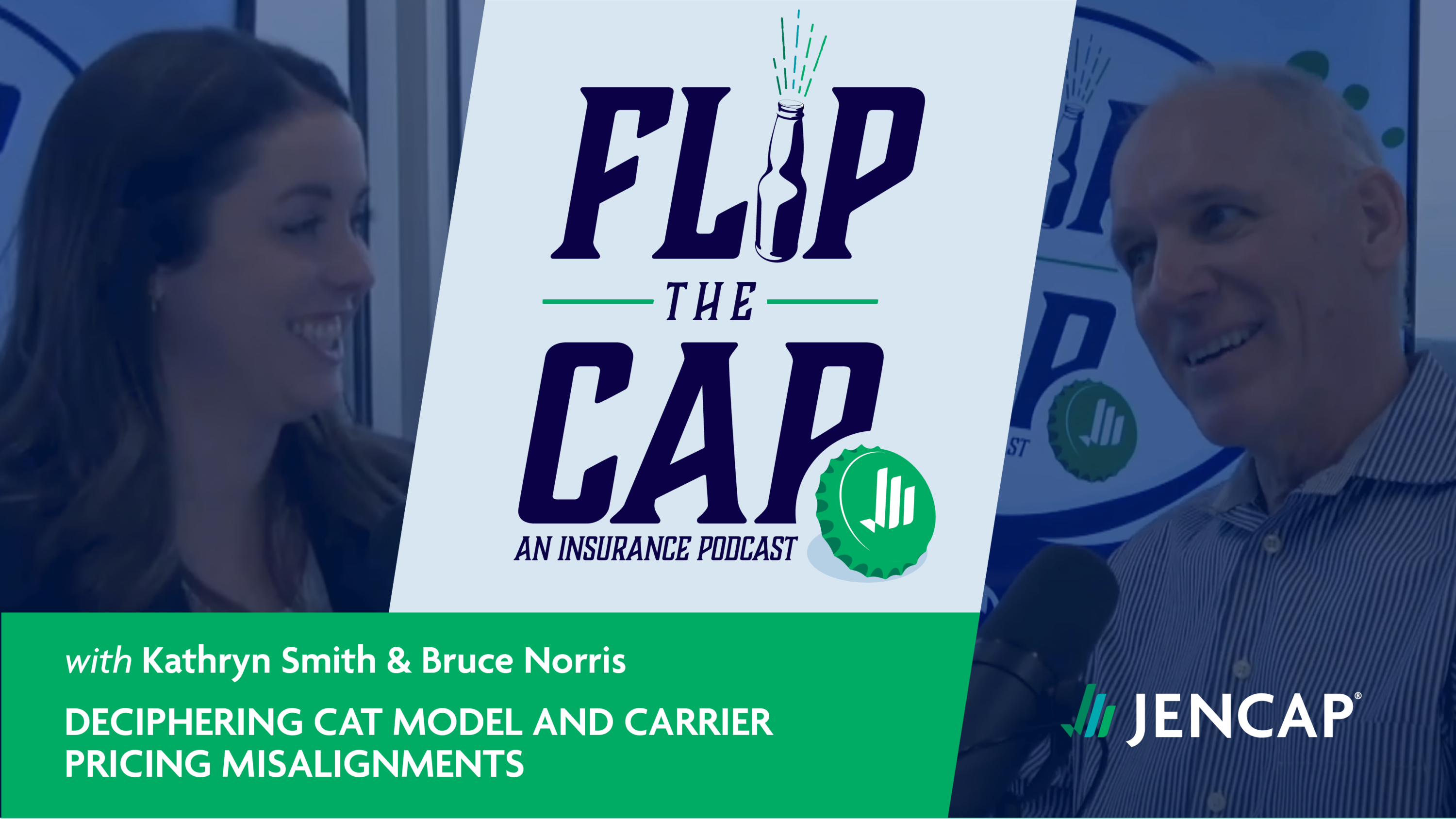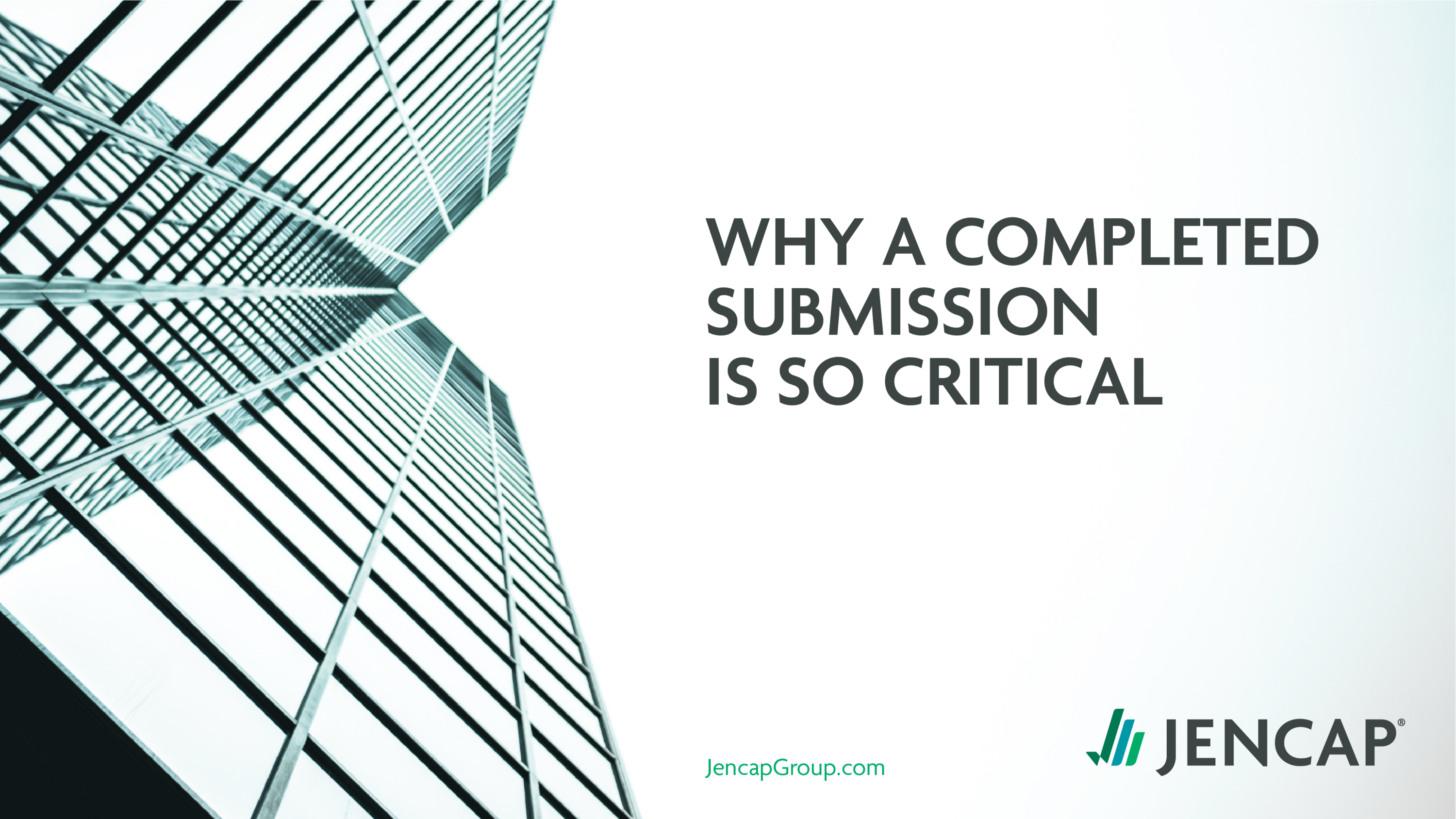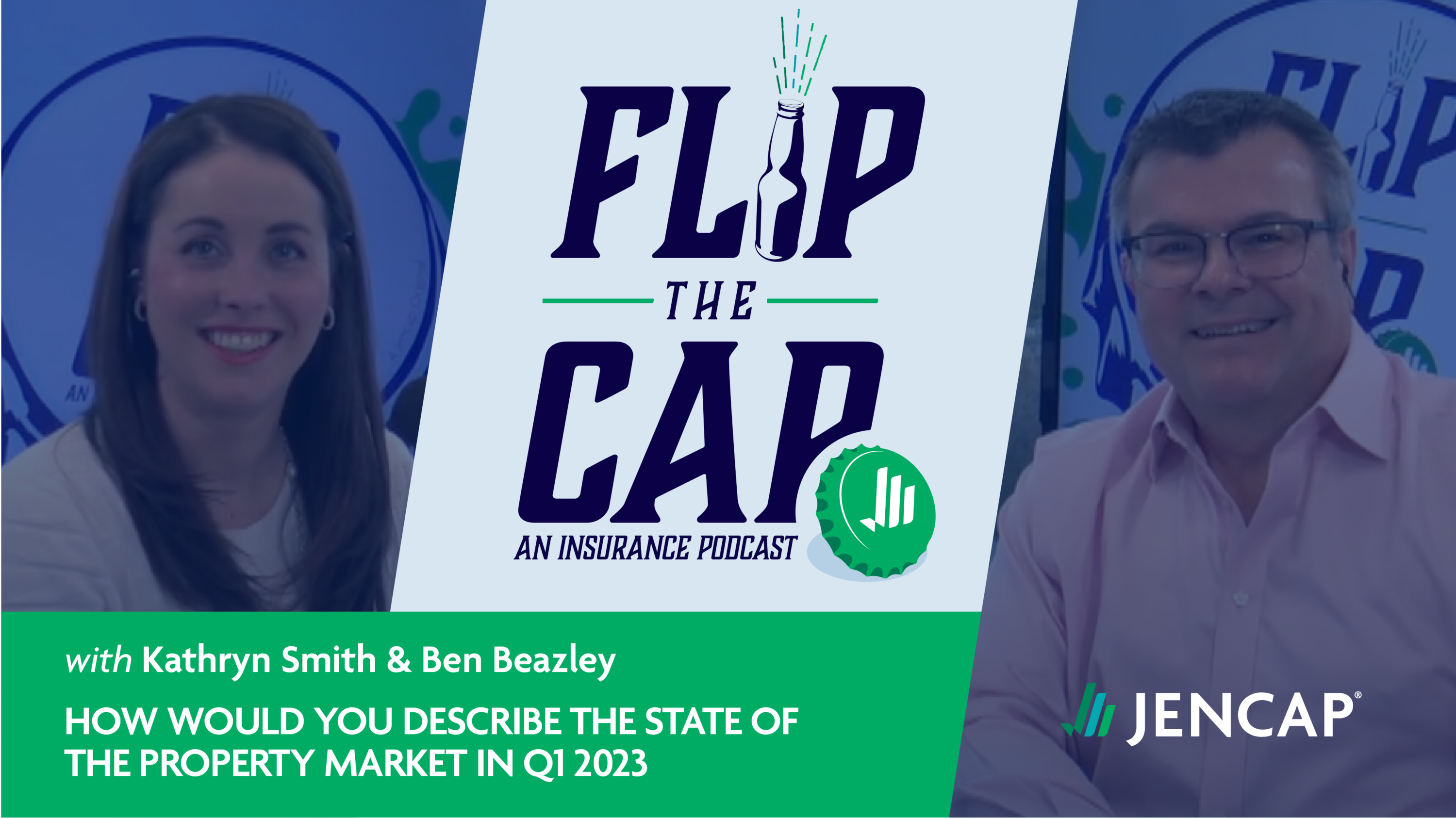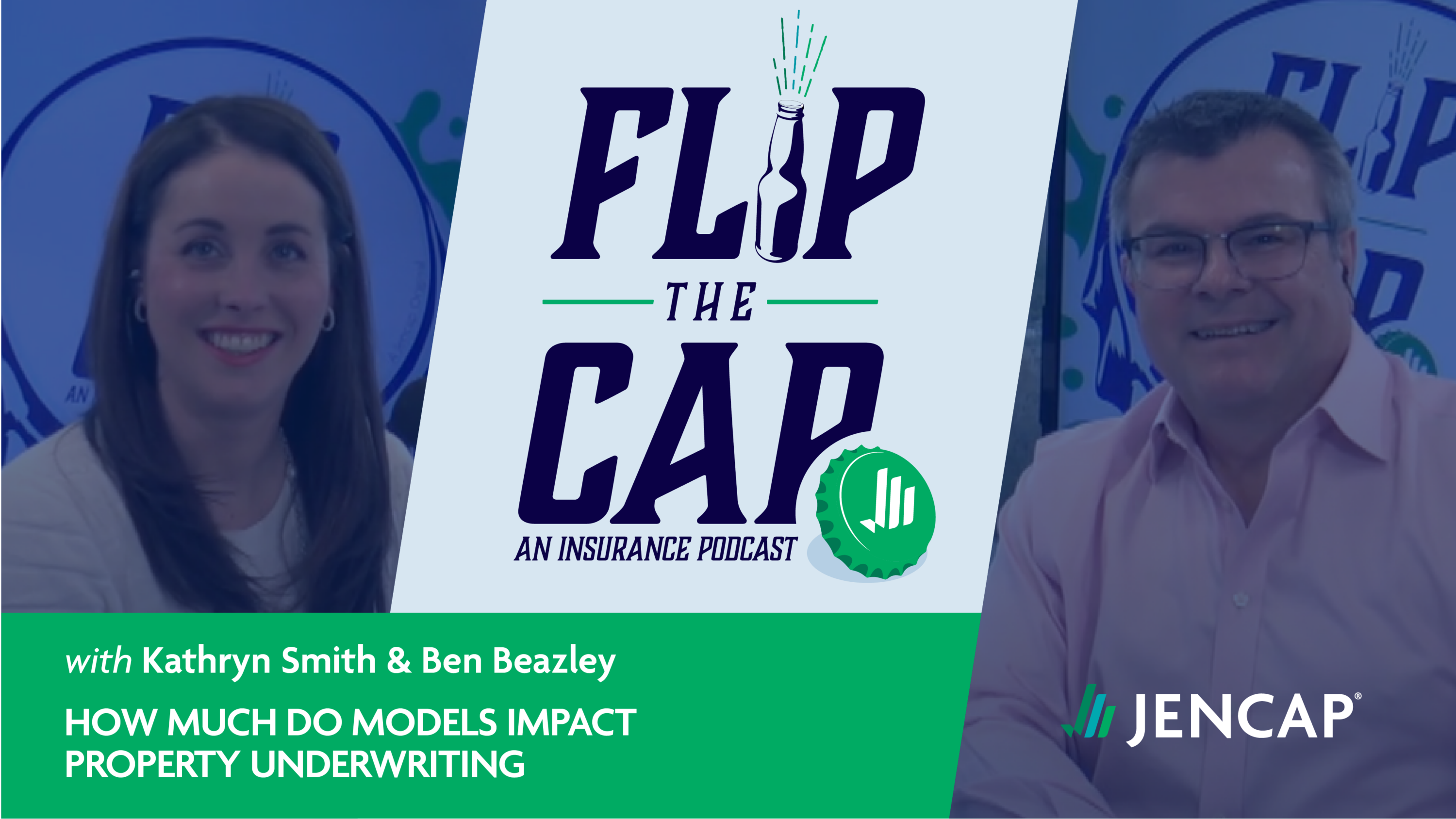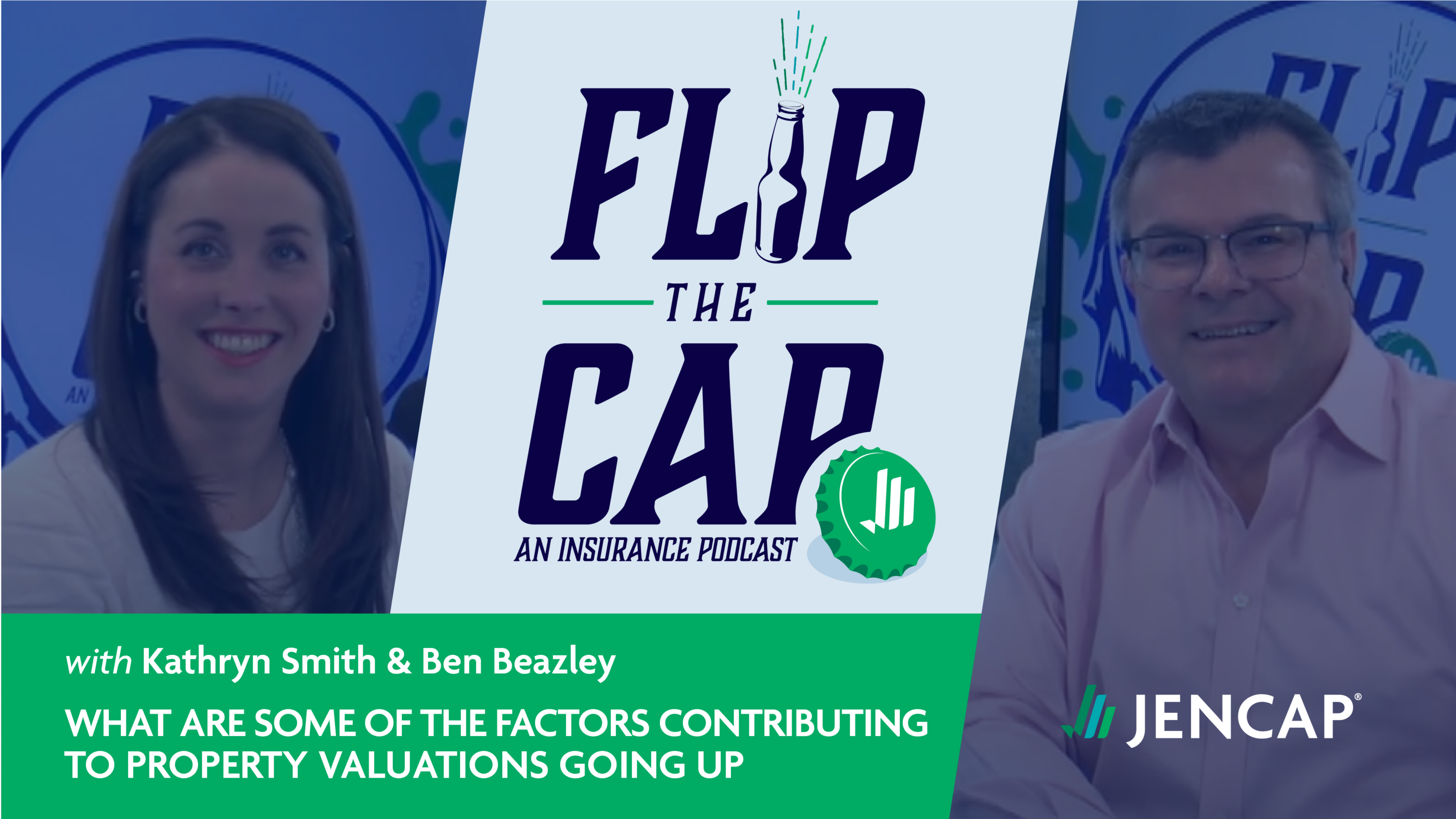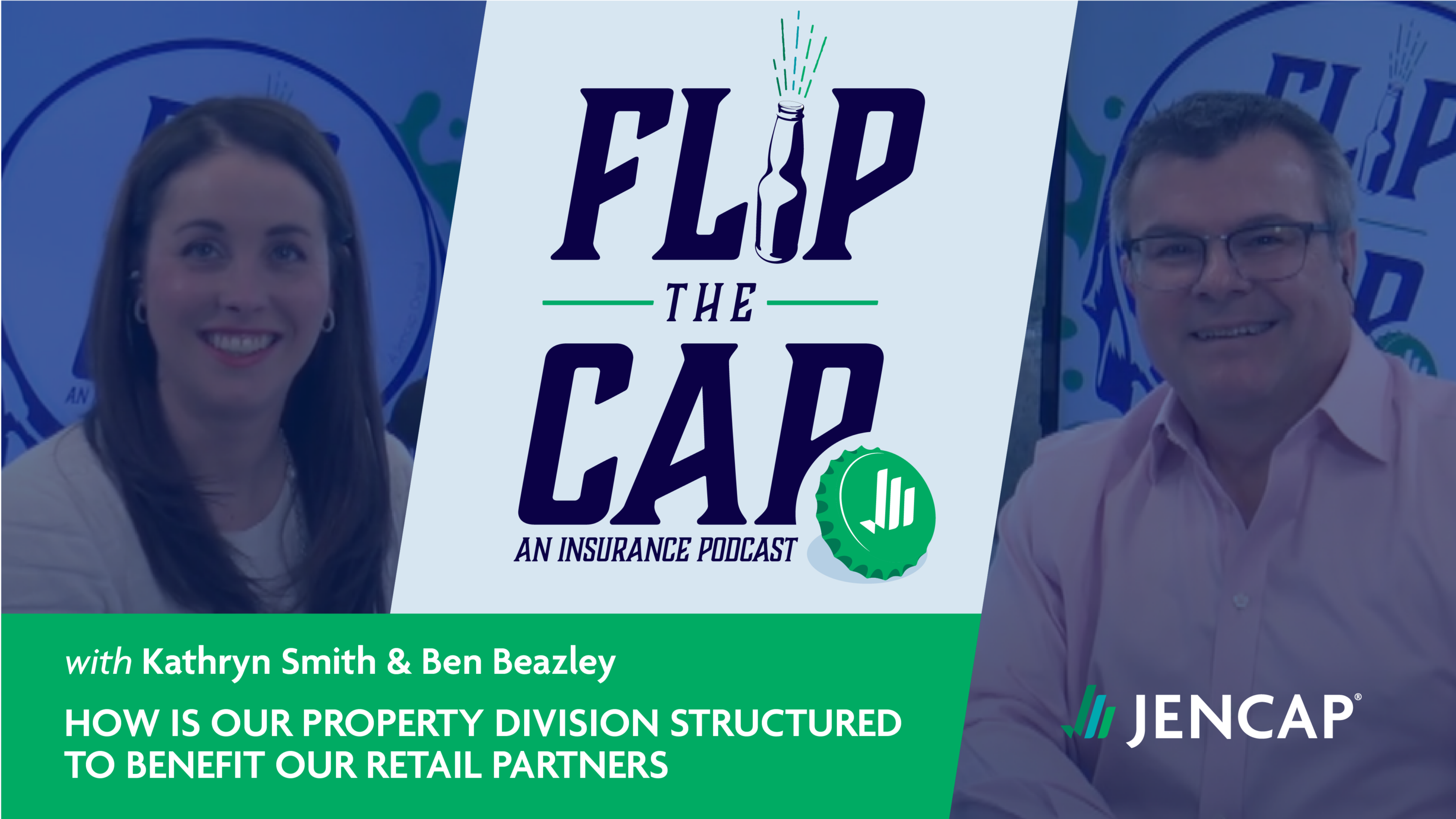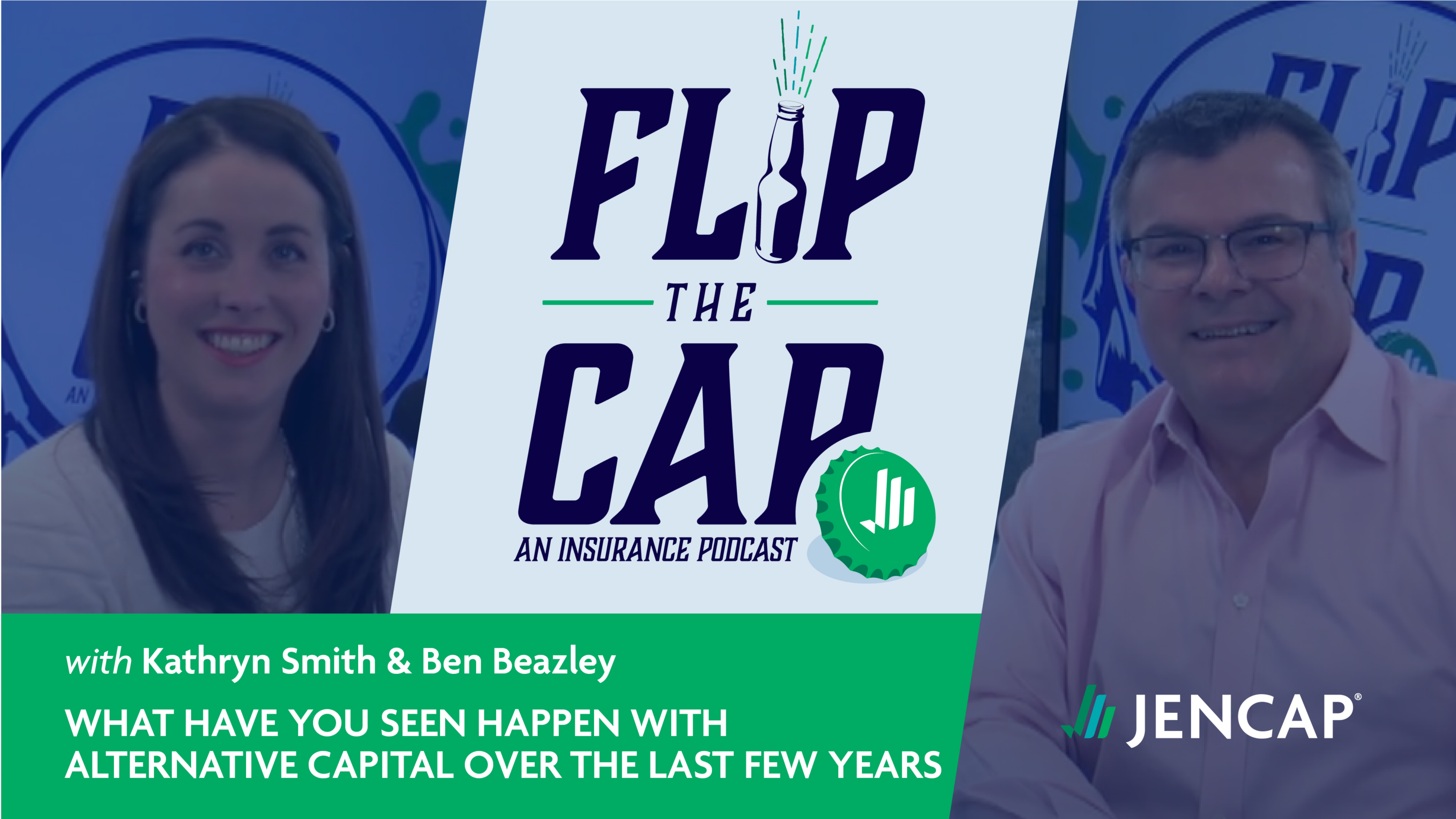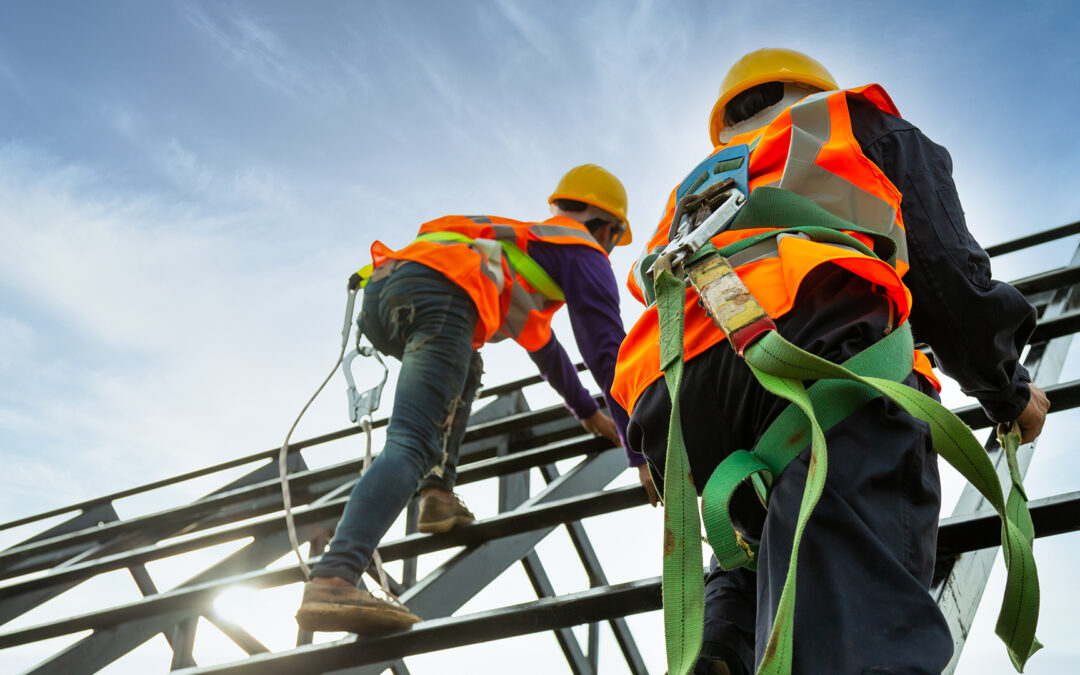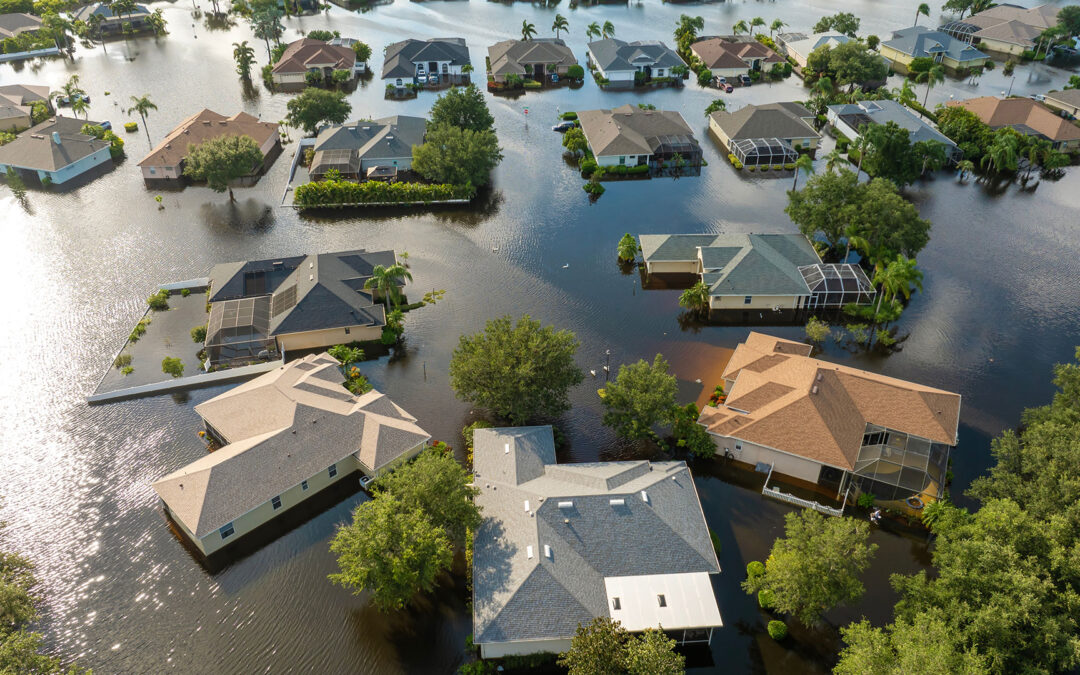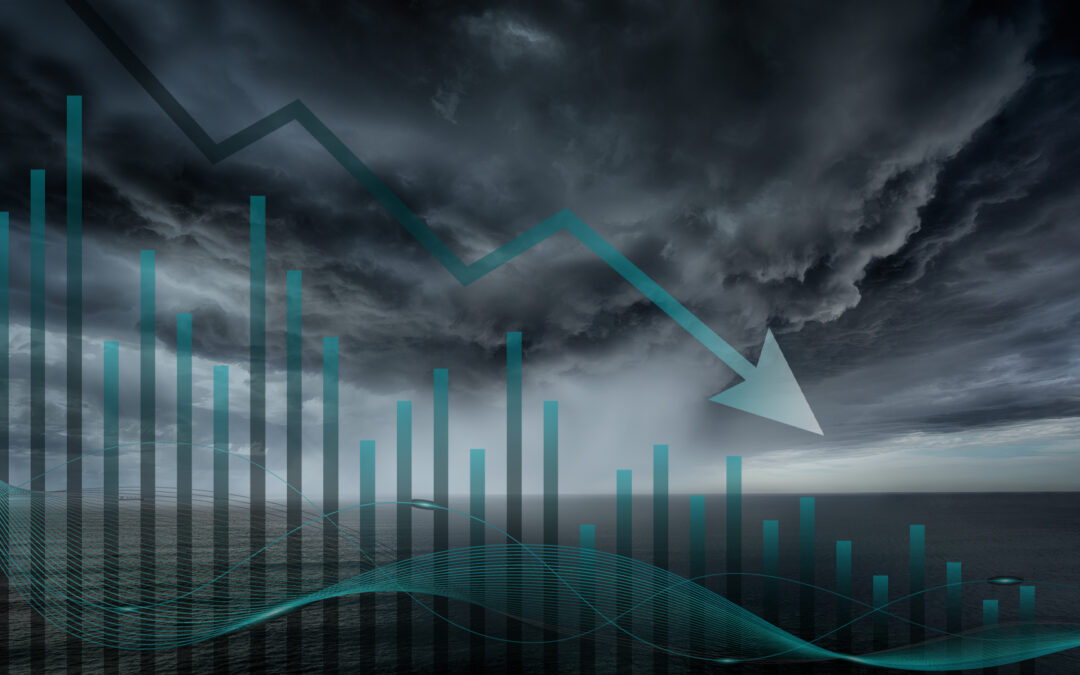When insuring a new commercial property, one of the first steps in the process is to carefully analyze and estimate the property’s total value.
For both the insurer and the insured, it is important to get the most accurate valuation possible. On the insurance side, this information gives carriers a sense of how much risk they’re exposing themselves to and how they should price the premium to cover that risk. For the property owner, an accurate property valuation ensures they’re getting insurance coverage that will adequately cover any potential losses and that they aren’t paying the wrong premium (too high or too low).
When it comes time to renew property policies each year, insureds—and their carriers—need to make sure a property’s coverage reflects the most current valuations. If the total value of the property has changed, both the insured and insurer may come up against some nasty surprises during the claims process.
Commercial Property Valuations Are Rising
We’ve grown accustomed to property valuations gradually rising over time, corresponding with the expected industry increases for things like labor and construction costs. But more recently—thanks to factors like inflation and supply-chain disruptions—property-related costs are rising sharply across the board, sending valuations soaring.
As a result, many insureds are caught off guard by higher premiums and lower-than-expected limits when they review their annual policy renewals. According to Risk Magazine, commercial property insurance rates have risen 18 quarters in a row, with policyholders seeing rate increases anywhere from 8 to 12% compared to previous years.
Here’s a high-level view of what’s driving those valuations up and how you can educate and prepare your clients to navigate these increases:
What’s Driving the Valuations and Premium Increases?
- Building material price fluctuations: Carriers use catastrophe models to simulate possible disasters and estimate the cost to repair or replace property damage. The accuracy of those models is only as good as the data that’s used to build them—which gets very tricky when it comes to things like commodity pricing and labor costs, which can fluctuate greatly in short periods of time.
Consider, for example, the highly volatile lumber costs we’ve seen over the past several years. Prices for a standard 1000 board feet hit an all-time high of $1,711 in May 2021. Today those prices have dropped back down to $445 per 1000 board feet.
Lumber isn’t the only building commodity to see fluctuations, however. Steel, copper piping, and other construction materials have also seen dramatic pricing changes over the past several years. This volatility makes it very difficult for carriers to accurately assess property values and estimate potential costs to cover damages. - Labor shortages: In addition to materials costs, catastrophe model estimates for repair or replacement also have to take into account labor. Currently, the construction industry is experiencing a shortage in workers—for roughly every 5 open construction positions, there are 4 available construction workers to fill them. As a result, building contractors are increasing wages to attract the workers they need to complete projects. These additional costs add to the overall value insurance carriers and underwriters assign to a property, which policyholders are seeing reflected in high premiums.
- Supply and demand whiplash. During the early days of the pandemic, demand for many products fell sharply. To avoid oversupply, manufacturers reduced production accordingly. When demand returned more quickly than anticipated, manufacturers struggled to ramp up production again, thus resulting in a cascade of shortages, delays, and other challenges along the entire supply chain. Again, the result is increases in prices and costs, further contributing to rising property value estimates.
- Age and unique property features: Older properties or buildings with rare or unique elements can expect higher replacement costs to be factored into their overall valuation. Older buildings may need significant upgrades when they experience a partial or total loss. For instance, they may have outdated systems, materials, or equipment that need to be upgraded or brought up to current building codes. Unique or speciality features can also make repairs or replacements more difficult. Stained-glass windows, antique moldings, and energy-efficient roofs, for example, often require specialists for replacement or repair work.
Thanks to the other issues we’ve already mentioned—like building material price increases, labor shortages, and supply-chain disruptions—replacement prices for older and unique properties will be even higher, impacting the property valuation.
Tips to Navigate Rising Property Valuations
It can be very difficult as an insurance agent to navigate conversations with your clients about why their renewal rate increased so significantly, or why their property valuation saw such a dramatic increase. Our team of property experts has compiled a few useful talking points to help.
- Work with a skilled appraiser to make sure valuations are current and reflect accurate replacement costs. As of late, carriers are asking the insured to provide their own appraisals for property valuations. In these cases, your clients need to enlist an appraiser with the background and experience to correctly assign a property value. In addition, insureds need to keep in mind that property values do change over time. As a general rule of thumb, they should revisit assessments at least every three years, but that cadence may depend on factors like changing exposures, building upgrades, and construction trends. Construction materials and labor are examples of costs that can change radically from the start to the end of a building project. In the event of a property loss, if an appraisal was done three to five years ago, replacement costs may be considerably higher than expected. Your commercial clients don’t want to be in a situation where they are significantly underinsured and lack the proper insurance limits to cover a loss.
- Collect the proper data when calculating valuations. In addition to an appraiser, insureds also need to ensure their valuations consider a variety of different evaluation methods and sources, including accountants, insurance experts, and risk managers.
- Consider current market conditions. Commercial property owners should be aware that any number of factors can create market fluctuations that impact material and labor costs, which in turn affect property valuation. For instance, after Hurricane Harvey in Houston, soft lumber prices rose by 22%, oriented strand board (a type of engineered wood similar to particle board) increased by 33%, and labor costs rose. Similarly, COVID ramifications—like supply-chain disruptions, product and labor shortages, and inflation—are impacting current prices and property valuations.
- Prepare and budget prior to renewals. As agents, you can partner alongside your commercial property insurance buyers early to prepare for upcoming renewals. The earlier clients are aware of rising valuations, the sooner they’re able to begin planning budgets and better manage rising premium costs.
- Mitigate risk by implementing loss prevention measures. Though risk mitigation may not always decrease property premiums, it does improve a property’s overall risk profile and may reduce damage in the event of a major loss. Before disaster strikes, businesses can prepare by making sure proper safety plans are in place, buildings are up to code, and early detection or security measures are installed and working properly.
Rising premiums can be frustrating for clients, particularly when they come as a surprise during the renewal process. Jencap’s specialized property teams will provide thorough education surrounding the trends and factors that are impacting your clients’ property valuation and rate. We have long-standing, trusted relationships with our carrier partners and make it our priority to ensure you and your clients have the insurance protection that is needed. Contact us today for more information.

